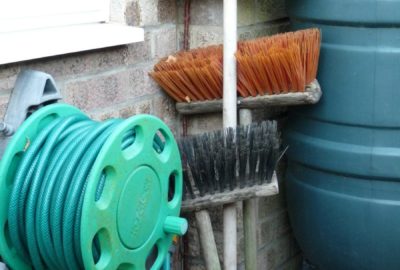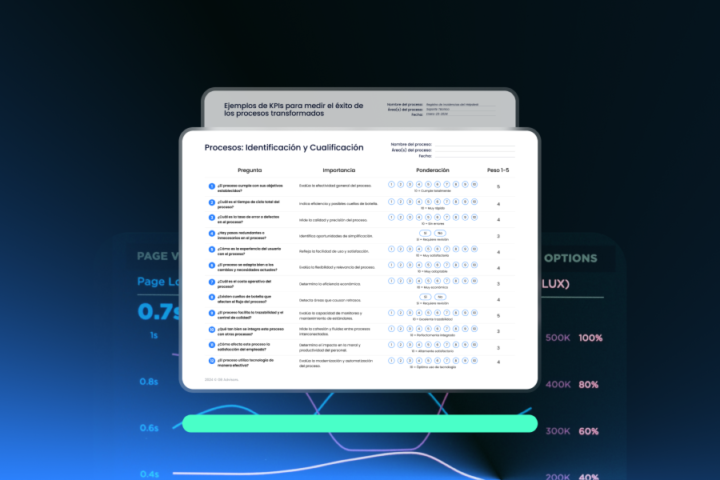 Explaining Facility Management (FM) is easier if we see it globally with one example. Let’s suppose you open a business in a modest office. You only have few devices to work with; and if you’re talented enough, you can give them the right maintenance by yourself. Also, you can always rescue that broom from the corner; and make your moves with a mop after closing with the purpose of saving some bucks.
Explaining Facility Management (FM) is easier if we see it globally with one example. Let’s suppose you open a business in a modest office. You only have few devices to work with; and if you’re talented enough, you can give them the right maintenance by yourself. Also, you can always rescue that broom from the corner; and make your moves with a mop after closing with the purpose of saving some bucks.
But then, your business begins to grow. Soon, you became a jack-of-all-trades and by the end of each day, your initial enthusiasm begins to wane over… and that broom no longer represents a source of savings. For the first time; you notice you need to hire somebody of your confidence to take care of that for you.
Additionally, you have to deal with consumables, buying office supplies and products and doing budgets to properly honor all your commitments. Also, as there’re more people coming in and out from your office; you need best security protocols, authorizations, and personnel to deal with that.
As days pass by, you soon realize that this modest business somehow doesn’t fit in that small office you used to sweep everyday. Your business has grown so much that you need to relocate it into a bigger facility. In the measure this idea peeps through a crack and matures, you notice that this process goes beyond physical efforts: It also includes rethinking what you have been doing, and evaluating if your original plans fit to the new dimensions of your business.
 All of a sudden, you are face to face with logistics and expenses that go from hiring services and people to pack all you had, moving them from one place to another; to give the best distribution to your furniture and equipments. Also, you need to take into account the necessity of hiring new personnel, with their correspondent annual budgets and investments in new office equipments.
All of a sudden, you are face to face with logistics and expenses that go from hiring services and people to pack all you had, moving them from one place to another; to give the best distribution to your furniture and equipments. Also, you need to take into account the necessity of hiring new personnel, with their correspondent annual budgets and investments in new office equipments.
In short, you need to keep pace between the growing rate of your business with your budgets and human resources; and this process implies a comprehensive view of all what it happens at your office. And probably -just probably-, you’re not the best candidate to handle all that information.
So, from this example, we deduce that:
- Facility Management is an integration of interdisciplinary processes applied to manage buildings. Such integration enhances services delivery and deployment with effective functioning of office equipments.
- Develops patterns to rationalize and optimize the use of internal and outsource resources.
- Governs the labor of comprehensive maintenance (from daily cleaning to waste management); preventive maintenance (pest & vermin control, fire control systems and contingency plans); relocations; mail management and other systems such as elevators; escalators; telephone wiring; parking lots, etc.
- Merges human resources, spaces and technology to manage building’s lifecycle.
However, Facility Management also needs a logic estructure to properly operate. Let’s check how it works.
Software for Facility Management and Building Information Modeling
 Regarding the use of technology for Facility Management, there are plenty programs that helps Facility Managers to deal with their labor. According to the US National BIM Standards Committee (NBIMS), BIM (Building Information Modeling):
Regarding the use of technology for Facility Management, there are plenty programs that helps Facility Managers to deal with their labor. According to the US National BIM Standards Committee (NBIMS), BIM (Building Information Modeling):
(…) represent horizontally integrated building information gathered and applied throughout the entire facility lifecycle, preserved and interchanged efficiently using open and interoperable technology for business, functional and physical modeling, process support, and operations.
In other words, BIMs are computed tools for facility management that serve as blueprints to grant comprehensive view of the physical distribution of each building. This blueprint gives 3D distribution on the use of the space vs. operations.
It’s good to mention that most Facility Managers use CAD (Computing Aided Design) as synonym of BIM. However, they don’t mean the same as CAD are usually devoted to drawing elements; while BIM involves modelling in 3D. Additionally, BIM also takes into account project lifecycle, among other functions.
However, CAD and BIM programs comprehend physical infrastructure of buildings and their operability; while solutions for Facility Management have global approaches of managerial standards with the purpose of:
- Controlling and reducing operating costs.
- Releasing additional manpower and financial resources.
- Enhancing efficiency on solutions.
- Adding outsource resources.
New technologies have given to Facility Management a best channel to organize and control information which; in consequence, improves timing and resources while integrating key human capitals.
Then; software for Facility Management is a set of processes and functions thought to organize, prevent and satisfy the user’s special needs as internal customers of such services.
The Add-Value of Facility Management (and Facility Managers)
 In past times; Facility Management was manually driven by Chief Operations Officers. In its most conservative conception; COOs usually walked through buildings and constructions to take notes on inspections; detectecting and describing potential issues with the purpose of preventing their impact over the company.
In past times; Facility Management was manually driven by Chief Operations Officers. In its most conservative conception; COOs usually walked through buildings and constructions to take notes on inspections; detectecting and describing potential issues with the purpose of preventing their impact over the company.
But since everything has changed with the arrival of new technologies; their labor has expanded and improved by incorporating wider scopes; as for example, contract management and other functions related to human resources. They also cover the execution of budgets with automation and powerful tools that help a lot to properly manage operations.
Then, the Facility Manager must rethink the way the company delivers product/services at best prices; but always keeping in mind price/performance ratio.
Beside, Facility Managers usually works from shadows as they guarantee that everything works properly, so people don’t notice the value of their work… until something goes wrong.
Additionally, and depending on the size of your company, you’ll need more than one Facility Management. So, reproducing best results with uniformity and the same criteria gets more complicated… specially if we have to stick to budgets.
Facility Management and Budgets
 Every single decision that Facility Managers make, affects the department’s budget; and this effect spreads out to the entire company. From personnel to technology, regulatory processes and products make their bit to affect budgets.
Every single decision that Facility Managers make, affects the department’s budget; and this effect spreads out to the entire company. From personnel to technology, regulatory processes and products make their bit to affect budgets.
Under these terms, is easy to imagine facility managers constantly thinking in numbers… and missing the main point of budgets: Organizing expenses lengthwise. Then, the correct approach to make the best with budgets regarding Facility Management; is making the main question of what is the best long-term strategy for budget management?
In such regard, experts give different approaches to the process of developing effective budgets. And here there are some premises to achieve such goal:
- Separate capital budgets from operation budgets.
- Ask to your supervisors what are the most demanded resources under their supervision.
- Detect and check the records in financial records.
- Make strategic alliances between shop supervisors and facility management teams.
- Plan your budgets in advance. Do not expect to end your fiscal year to begin doing it.
- Follow the money. Create and maintain control on your expenses and investments.
- Discuss and submit budgets for anything.
- Give space to contingency plans, and detect where you can cut your expenses in case of financial depressions.
- Prioritize equipment and buildings in use.
- Delimit responses for problem solution in terms of time and money.
- Be patience and ask for help to learn to read and interpreting budget information.
In short…
 Budgets are cornerstone for Facility Management. If you manage them poorly, your budgets are the perfect place to get lost and lost your buildings before their life-cycle arrive to its natural end-of-life.
Budgets are cornerstone for Facility Management. If you manage them poorly, your budgets are the perfect place to get lost and lost your buildings before their life-cycle arrive to its natural end-of-life.
Prevent that scenario in advance by making the best of your budgets to properly organize and invest your efforts in the right places, with the correct software to track them down lengthwise.
If you need automated tools to efficiently handle your budgets under Facility Management criteria; we invite you to discover all the options we have for you.



